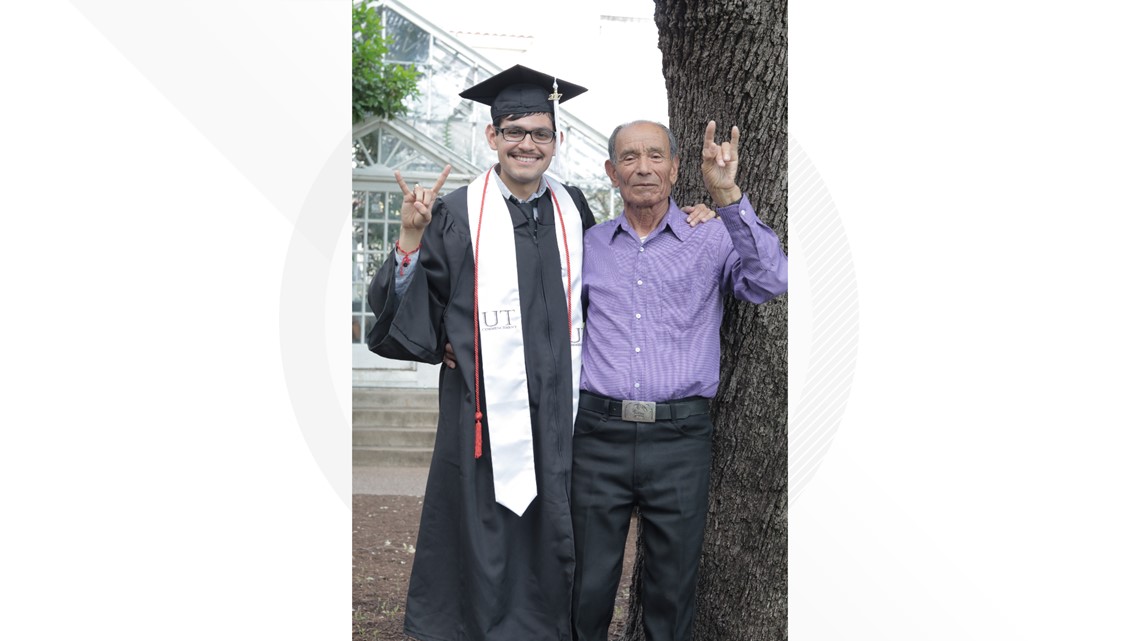DALLAS — The Bracero Program is something many Texans can point to as to how their families made their way to America.
Jesse Acosta didn't always know this growing up. He said, "History has always been trying to make it personal for myself."
Jesse is a U.S. History and Mexican American Studies teacher at Justin F. Kimball High School in Dallas.
He is also the grandson of Sabino Acosta, a former bracero.
"He was always working, he would never take a day off," Jesse said.
While going to the University of Texas at Austin, Jesse interviewed his grandfather for a family essay.
It wasn't until this point that he realized his father went through this program.
He discovered there was some unique history within his own family.
"It definitely made me read more and learn more about the program," Jesse said.


The Bracero Program started in 1942 when the United States signed the Mexican Farm Labor Agreement with Mexico.
This let Mexican farmers work in America while protecting them from forced military service.
The Spanish term bracero means "manual laborer" or "one who works using his arms."
The program eventually ended in 1964. During those 24 years, the U.S. allowed an average of 200,000 braceros per year.
Margarita Rojas also had a grandfather, Carlos Gonzalez, who came to America through this program in 1955.
She didn't find out until earlier this year.
"My uncle happened to send me a picture of his immigration card," Rojas said. "I got really excited when I found out. I didn't go out of my bedroom for a couple of days. I was reading so much."
Rojas said coming to the U.S. was important for more than just her grandfather.
"My mom was so happy that my grandpa and proud that he could come to the U.S. and come work," Rojas said.


But Rojas also learned of the issues with the program, like lack of payments and fair working conditions. This led to strikes and even future protests from former braceros.
Rojas says this frustrates her but that she knows what her grandfather would say:
"Mija, just shake it off. Don't worry about what happened. It's what's going to happen now. It's what's going to happen in the future that you need to worry about."
Jesse says his father was one of the lucky ones and had a positive experience with the program.
"It was definitely cool to find out that my family was a part of this," he said.

